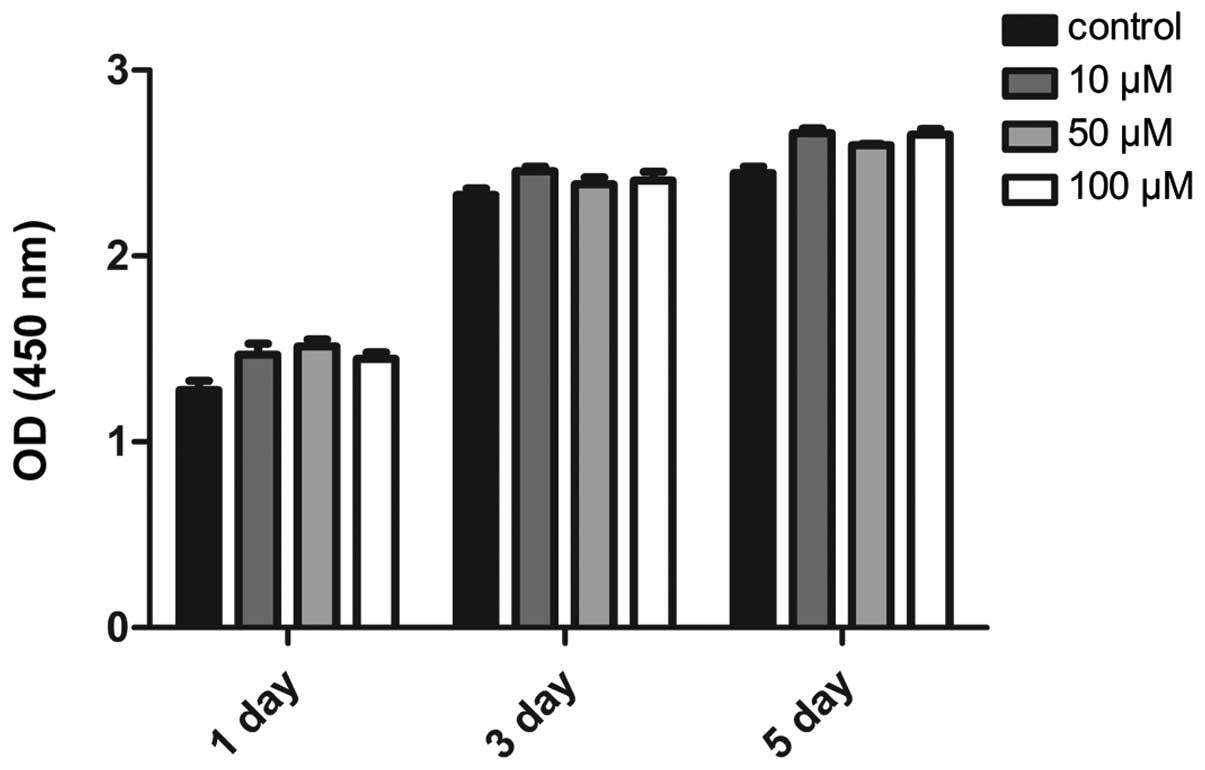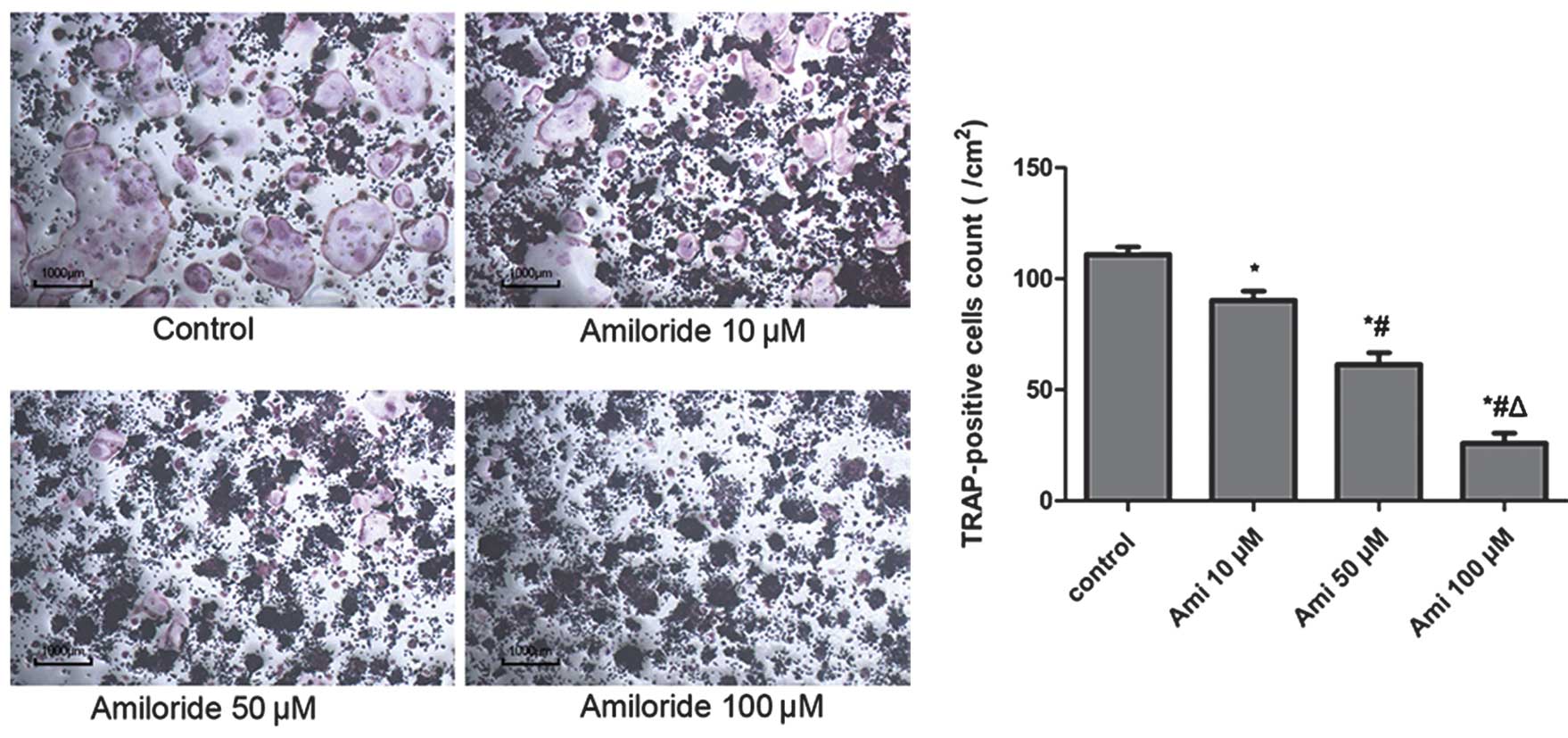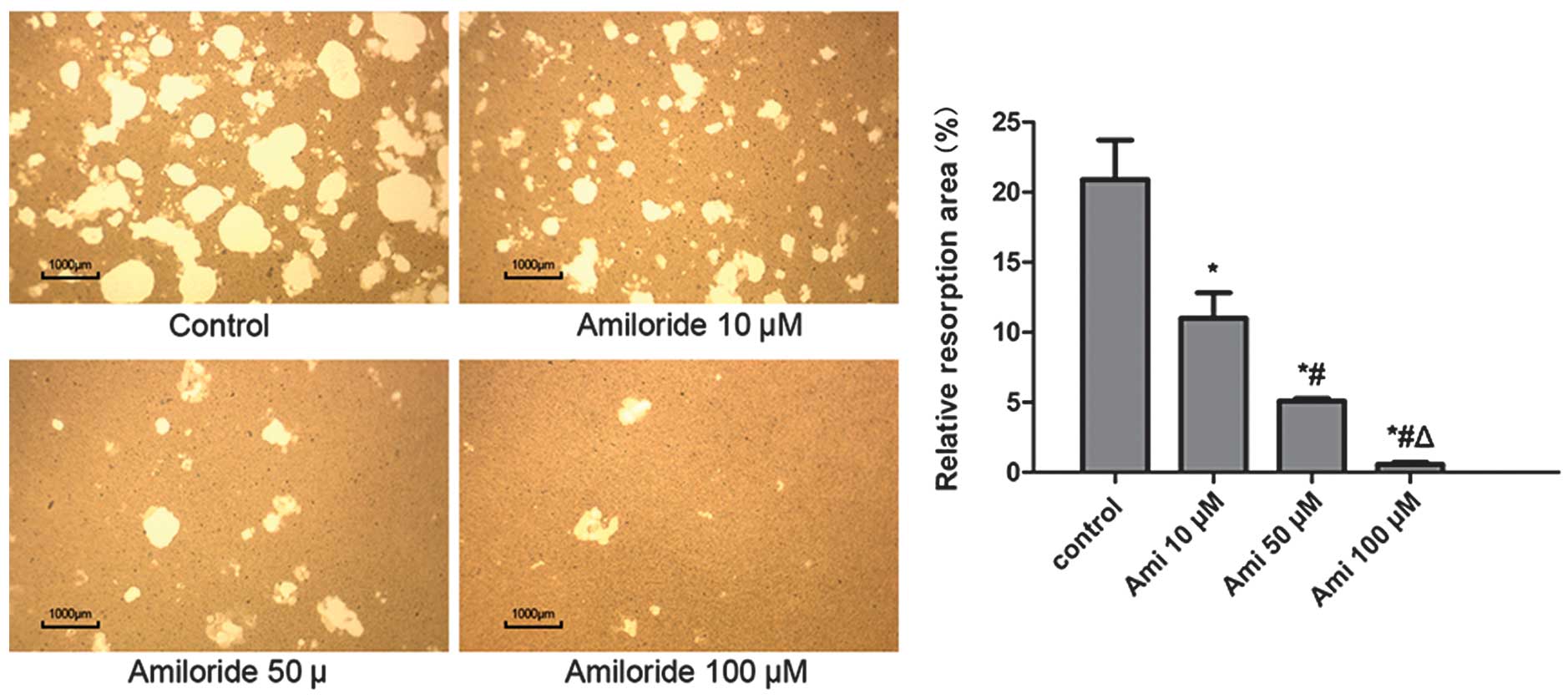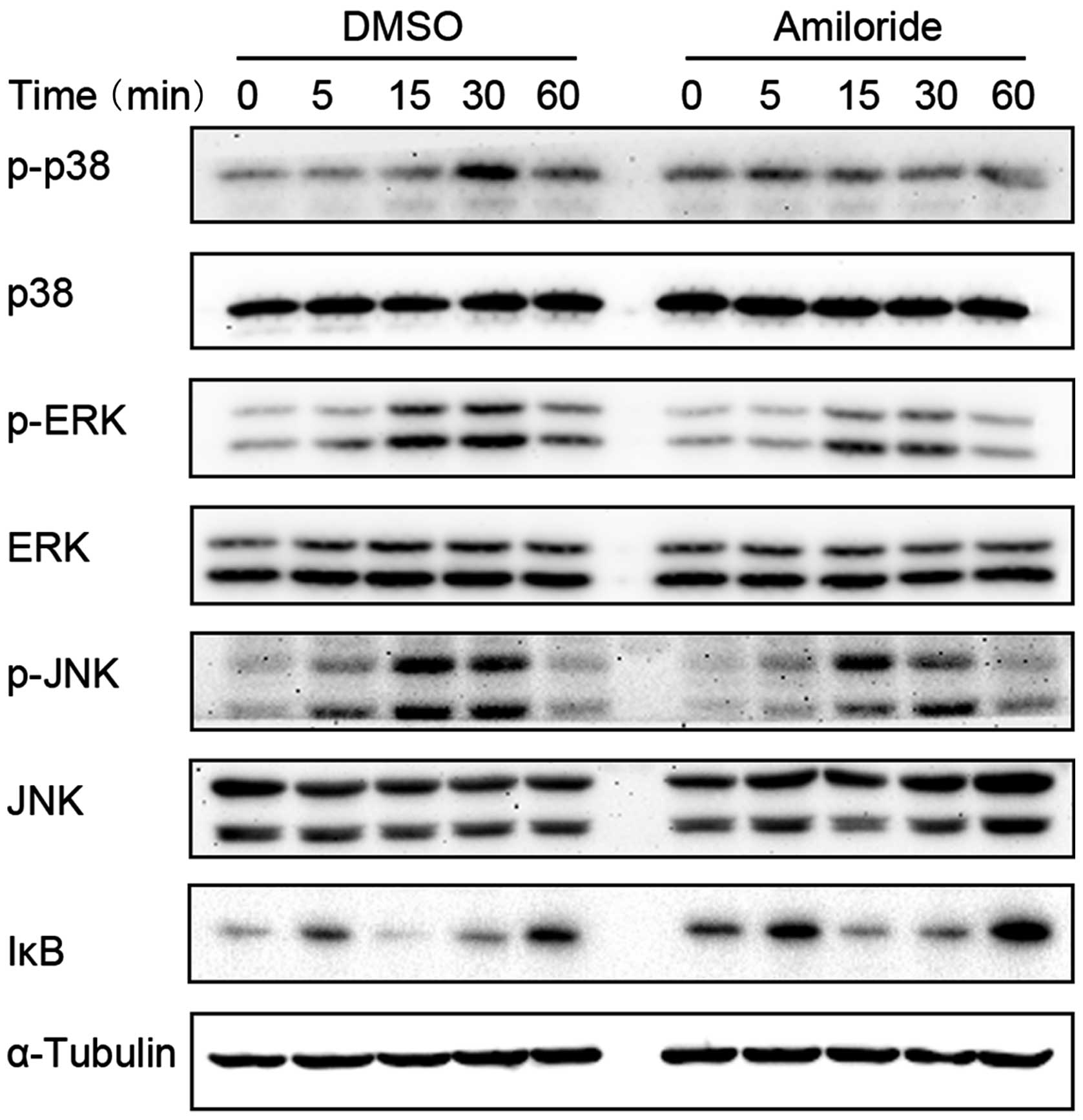Spandidos Publications style
Wang X, Zhu Y, Zheng S, Ni C, Zhao L, Liu C, Chen A and Xiao J: Amiloride inhibits osteoclastogenesis by suppressing nuclear factor-κB and mitogen-activated protein kinase activity in receptor activator of nuclear factor-κB-induced RAW264.7 cells. Mol Med Rep 11: 3451-3456, 2015.
APA
Wang, X., Zhu, Y., Zheng, S., Ni, C., Zhao, L., Liu, C. ... Xiao, J. (2015). Amiloride inhibits osteoclastogenesis by suppressing nuclear factor-κB and mitogen-activated protein kinase activity in receptor activator of nuclear factor-κB-induced RAW264.7 cells. Molecular Medicine Reports, 11, 3451-3456. https://doi.org/10.3892/mmr.2015.3204
MLA
Wang, X., Zhu, Y., Zheng, S., Ni, C., Zhao, L., Liu, C., Chen, A., Xiao, J."Amiloride inhibits osteoclastogenesis by suppressing nuclear factor-κB and mitogen-activated protein kinase activity in receptor activator of nuclear factor-κB-induced RAW264.7 cells". Molecular Medicine Reports 11.5 (2015): 3451-3456.
Chicago
Wang, X., Zhu, Y., Zheng, S., Ni, C., Zhao, L., Liu, C., Chen, A., Xiao, J."Amiloride inhibits osteoclastogenesis by suppressing nuclear factor-κB and mitogen-activated protein kinase activity in receptor activator of nuclear factor-κB-induced RAW264.7 cells". Molecular Medicine Reports 11, no. 5 (2015): 3451-3456. https://doi.org/10.3892/mmr.2015.3204



















